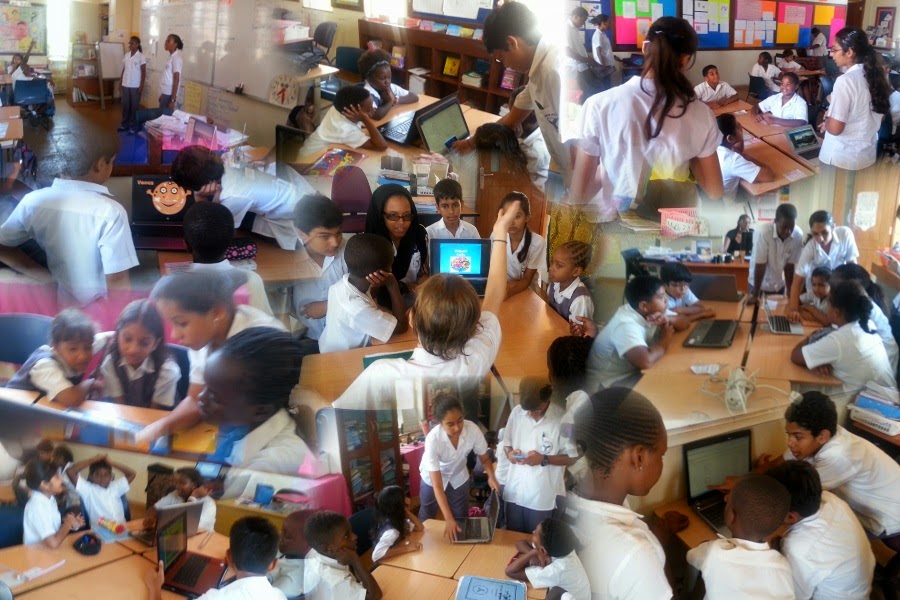Investigate
• Research the history of communicating information and produce a timeline of landmark developments
• Research current methods of communication employed at sea
• Research current methods of communication employed by lifeguards
• Research methods or systems from other areas ( e.g. tic-tac, sign language ) which could be adapted or replicated
• Investigate different number systems ( binary, octal, etc. ) to ascertain how many instructions could be generated for certain methods of communication
• Research alternative methods of communicating information other than visual or audible
• Investigate different methods of 2-Way communication
• Find contact details of beach guard service at Pirates
• Record research findings in your Process Journal
Assessment
INVESTIGATE Identify the problem to be solved • consider the importance of communication.
• Present a brief outline of a current system of communications in sea.
Develop the design brief • ask relevant questions at the different stages of the investigation.
• identify appropriate sources of information and acknowledge these using a recognized convention (newspaper, interviews, users)
• collect and select information, organize it logically and, with guidance, begin to analyze it
• consider, with guidance, the value of sources of information.
Formulate a design specification for the Model • list, with limited guidance, the specific requirements that must be met by the product/solution
• design, with limited guidance, tests to evaluate the product/solution against the design specification.
Rubric
Level of
Achievement
Criterion A: INVESTIGATE
0 The student does not reach a standard described by any of the descriptors given below.
1–2 The problem
The student identifies the problem to be solved. The student writes a simple design brief.
The design brief
The student states and selects useful questions to guide the investigation, with guidance, few resources are identified with guidance, information is collected or selected, organized and presented.
The design specification
The student, with guidance, identifies a method for testing to the product/solution again the design specification. The student, with guidance, is able to list some of the specific requirements met by the product/solution. The Jobs of team member is identified.
3–4 The problem
The student id importance of the problem.
The design brief
The student states and selects appropriate questions to guide the investigation, most resources are identified. Detailed information is collected, selected, organized and presented.
The design specification
The student, with some guidance, outlines a method for testing to compare the product/solution against the design
specification. The student, with some guidance, is able to list many of the specific requirements met by the
product/solution. The Jobs of team members is clearly identified.
5–6 The problem
The student identifies the problem to be solved. The student outlines a simple design brief. The student describes the importance of the problem
The design brief
The student states and selects appropriate questions to guide the investigation, large list of resources are identified and acknowledged. Extensive information is collected, selected organized and presented.
The design specification
The student, with limited guidance, describes a method for testing to evaluate the product/solution against the
Design specification.
The student, with limited guidance, is able to list the specific requirements met by the product/solution. The
Jobs of team members is clearly identified with detail.

No comments:
Post a Comment